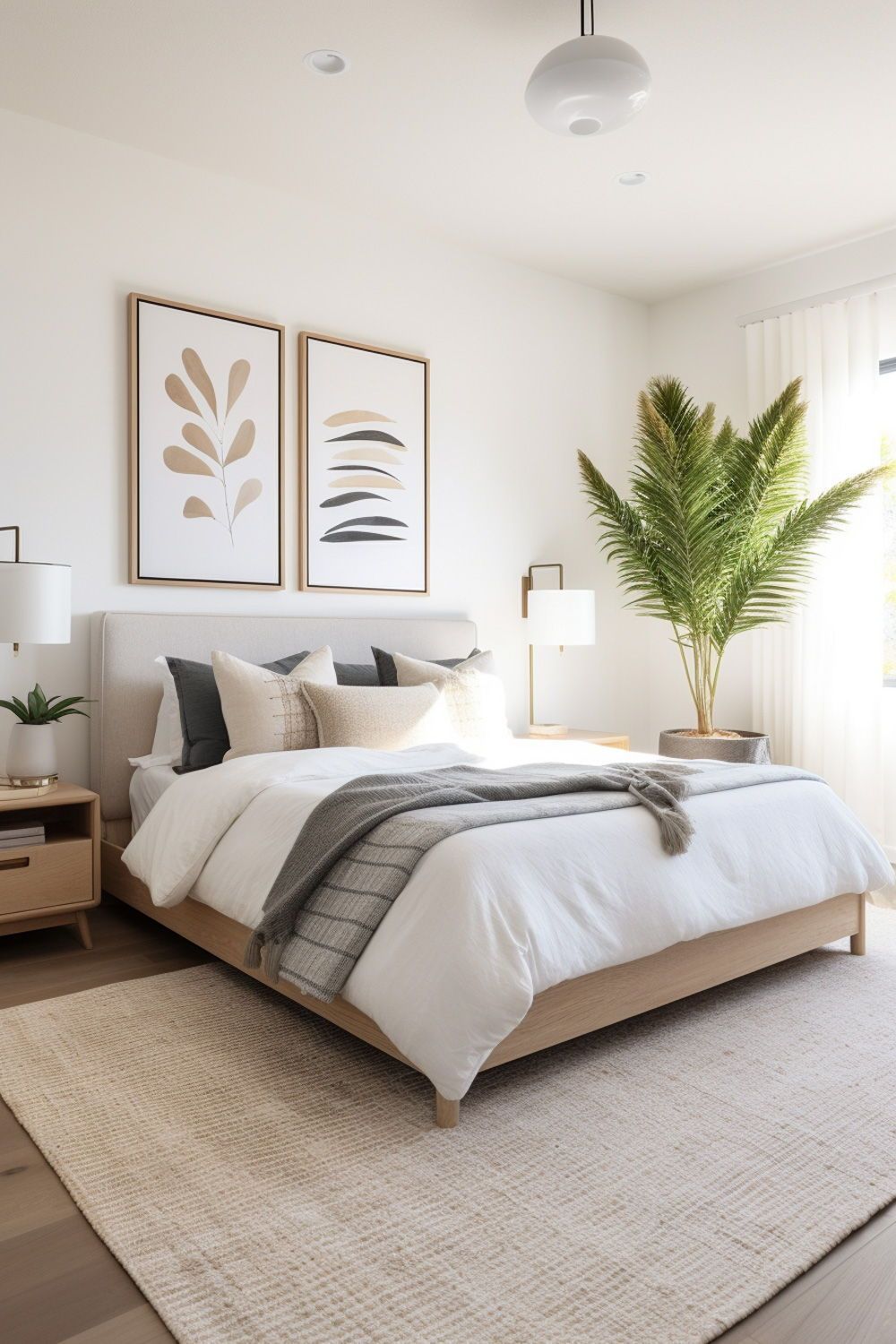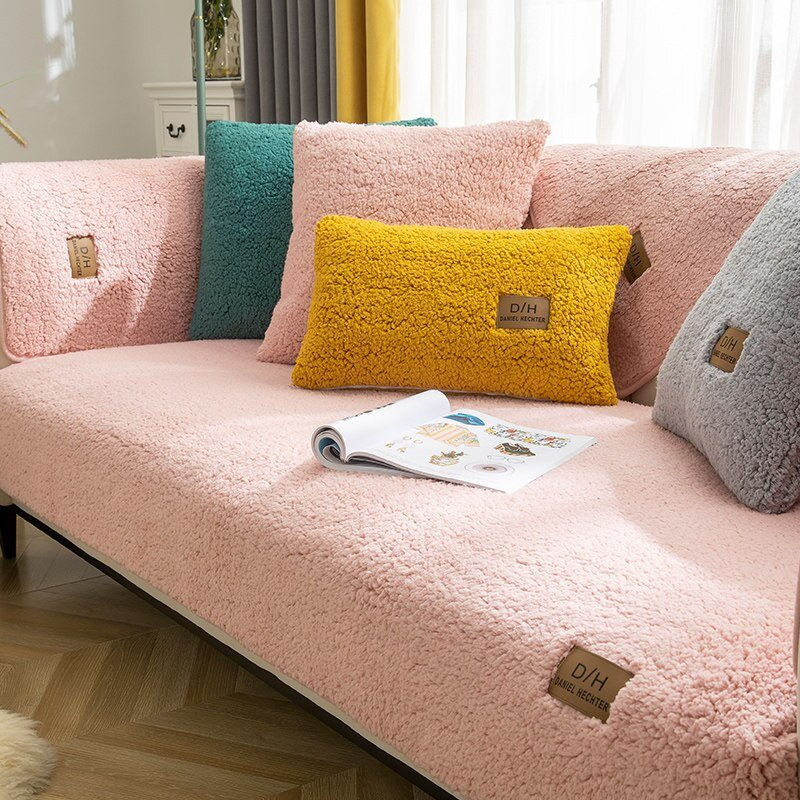We Have Some High Wattage Commercial Sebo Vacuums Still Available
However, where larger quantities or more dangerous materials are used (e.g.
This persistent question-asking can unlock the project, opening it up to a previously unthought of solution.Stripping away previous knowledge, questioning potentially inefficient systems and modalities, is what is needed to allow these kinds of conversations to take place..

This is the challenge to traditional design processes, which can be quite turgid and passive: a brief is stated and a firm contends with whether they can deliver the predefined needs of the client.Interrogating the brief is not part of the process.. Elevating and liberating the brief into a problem statement is an essential part of the work and the design process of Design to Value.Collaborating to establish a set of working methods, goals and value drivers creates clarity of purpose from the start.

It creates opportunity.. To purchase this book, visit., Asia-Pacific Lead at Bryden Wood, talks to., Director of Integration at.

and MMC Lead for the.
They are joined by Simon McCarthy, Principal Structural Engineer from Bryden Wood.. Click the 'play button' above to listen in, or read our 5 Key Takeaways from this episode below.... 1.The design process needs to be formed and managed with frequent check-ins across the design spectrum.
Many times, have I experienced very unpleasant shocks on projects which have not deliberately iterated in this way.The other reason, this is required is that we cannot pretend that, even in the more detailed levels of design, ideas, drivers and decisions, will not continue to evolve.
You can call it changing-minds or scope-creep or natural emergence; whatever it is called this will be handled much more cost and time effectively through managed iteration..The design process needs to remain integrated.
